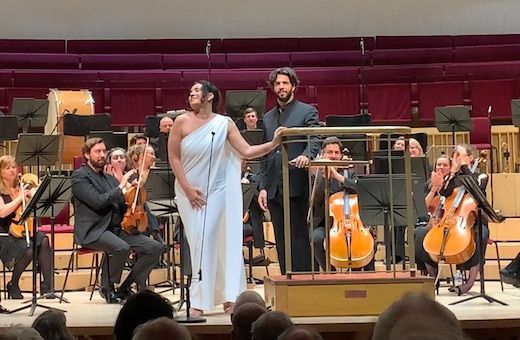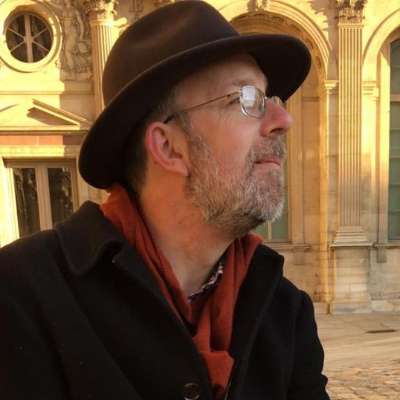No disrespect to other sopranos who have performed in Philharmonic Hall, but it’s not every day that a diva as starry as Sonya rocks up into Liverpool (no, not that Sonia!). When Domingo Hindoyan was appointed as the new Chief Conductor of the RLPO, one wag on social media teased whether we’d see his wife, Bulgarian soprano Sonya Yoncheva, pitch up to sing with the orchestra. An unlikely programming coup? Well, here we are. There was a false start when Yoncheva had to cancel her scheduled debut on Thursday due to flu, but she rose from her sickbed for this excellent Sunday matinee.

And she wasn’t just here to whack out a few operatic standards from her locker either. Instead, she treated the audience to a real concert rarity, La canzone dei ricordi by Giuseppe Martucci. Born in Capua, just north of Naples, in 1856, Martucci was something of an outsider in the world of Italian composers because he didn’t compose operas. Instead, he favoured orchestral music, writing symphonies and concertos. As a conductor, he championed Schumann and Brahms, giving the Italian premiere of the latter’s Second Symphony in 1882. His music is written in long, Germanic lines – he is sometimes referred to as “the Italian Brahms” – yet it retains its Mediterranean colouring.
La canzone dei ricordi (The Song of Remembrance) was Martucci’s only major vocal work, a song cycle (unheard of in Italy at the time) setting poems by Rocco Emanuele Pagliara. They are often wistful recollections of past happiness, tinged with a sense of loss and cloaked in Italianate sensuousness. Originally composed for voice and piano in 1886, the cycle was orchestrated a decade later, sensitively scored.
In a white, one-shoulder gown, dark locks tumbling, Yoncheva looked every inch the Greek goddess and there was a noble serenity about her performance, with gorgeously controlled phrasing. Interestingly, the cycle is written for a mezzo-soprano, but the score’s depths held no fears for her. When she started her training, singing in choirs, Yoncheva used to sing contralto, but it was still a surprise to hear such a rich, plum-tinged lower register on display. Hindoyan and the RLPO accompanied sensitively, the brook bubbling in the vernal lilt of the Cantava’l ruscello la gaia canzone, the sea glistening in the brief Su’l mar la navicella. I love the way Martucci brings the cycle full circle with the seventh song, an epilogue that is a haunting memory of the first.
Keeping with the Italian-Germanic theme, the orchestra opened with a rousing rendition of the overture to Verdi’s Luisa Miller (the libretto is based on Schiller), the brass – including a cimbasso – landing a peppery punch.
Hindoyan, resisting the obvious temptation to programme Brahms in the second half, chose instead Schumann’s Second Symphony. Period instrument manners were evident in the crisp pacing of the Allegro, ma non troppo opening movement, but the RLPO strings, 50 in number, were supple and satisfyingly weighty when required. Antiphonal violins paid dividends in the energetic Scherzo, despite a few ensemble slips, but glowed in the following Adagio espressivo. Conducting with a brisk, energetic action, Hindoyan drew the threads together from the symphony’s introduction to complete a rousing performance.
Mark's travel to/from Liverpool was funded by the RLPO


